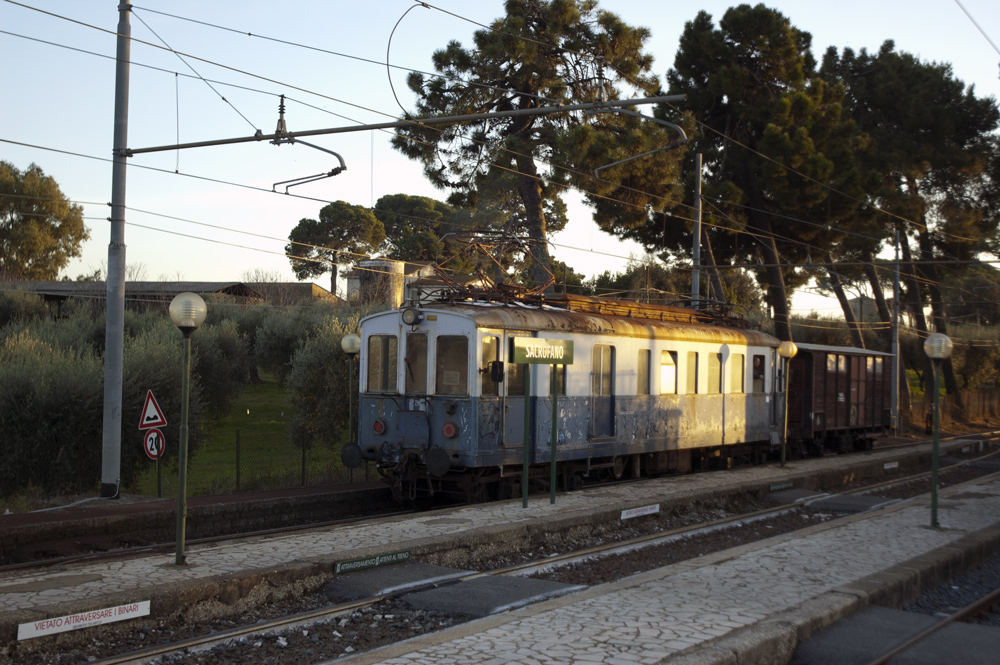 Transphoto
Transphoto
<
>

 Transphoto Transphoto
|
|
<
>

|
 罗马 日期: 2 十二月 2015 年, 星期三
罗马 日期: 2 十二月 2015 年, 星期三照片数据投票
评分: +29
照片链接 |
罗马, (not in the list) # ECD22
评论 · 16你的评论请勿讨论政治话题;封禁时期≥1月
登录的用户才能写评论. |
| 主页 论坛 用户条约 编辑团队 手机版页面 深色主题 © Transphoto 管理员和图片作者, 2002—2025
不允许未经过作者允许使用网站上的图片。. |
链接